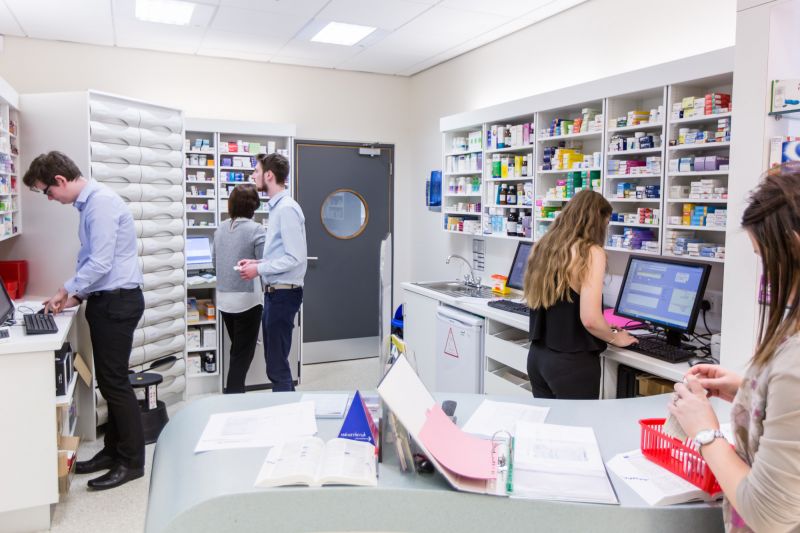Page content
Device Core Applications Profile/Configuration: Windows Staff and Student Desktops
Windows Desktops (on premise)
Corporate desktops can only be accessed /operated via registered user accounts that are established in the Microsoft Azure environment with an Ulster University identity
The SCCM-based “build” process configures a PC with a Windows operating system, a desktop environment that is managed by Group Policies and a core application profile.
The process includes the following key components:
- Device registration on the University’s Active Directory service.
- Deployment of a base Windows 11 Enterprise operating system (Windows 10 builds are no-longer supported).
- Device management and environment configuration via Group Policies (eg: Printers, Corporate Wallpaper, drive visibility).
- Layering of cyber security and software management products (365 Endpoint Security and Malwarebytes Nebula, SNOW software inventory agent, SCCM client)
- Layering and configuration of a core set of applications that includes:
- Internet browsers Edge (default) and Chrome
- The Microsoft Office 365 suite (Outlook, Word, Excel, Powerpoint, Teams, OneNote)
- The OneDrive Client which re-directs to the user’s OneDrive directory on the Microsoft Cloud with all business-critical files being required to be held on networked storage.
- Adobe Acrobat DC (PDF) reader
- Staff desktops have “My Documents” re-directed to the user’s OneDrive directory on the Microsoft Cloud with all business-critical files being required to be held on networked storage.
- Additional applications can be packaged and deployed from the “Software Centre” App. These products include:
- Virtual Private Network (VPN) software solutions eg: Atmos-Axis agent
- Telephony applications – Liberty Converse Agent.
- SPSS
- Quick Assist
- FileOpen
Windows Desktops - Student areas and Teaching Rooms
Digital Services operate a centrally managed Student and Teaching Room IT device service across all campuses. As part of this service, the hardware and software profile is reviewed and refreshed annually as a project activity led by Digital Services.
- A rolling hardware lifecycle management programme is in place to ensure (budgets permitting) that the hardware in each area is fit for purpose.
- Currency of the software application profile is maintained via annual stakeholder engagements. Stakeholders are required to engage in a timely manner with Digital Services regarding software provision.
- The software profile offered on Student IT Laboratory (SITL) devices varies between and within each campus to meet the academic need and is documented within the Digital Services web pages
- The SITL and Teaching room resources on each campus are supported by the local Digital Services Service Centre team.
- Digital Services engage and collaborate closely with faculties to extend the SITL resources and solutions developed to support the needs of faculty IT areas in terms of software builds.
















